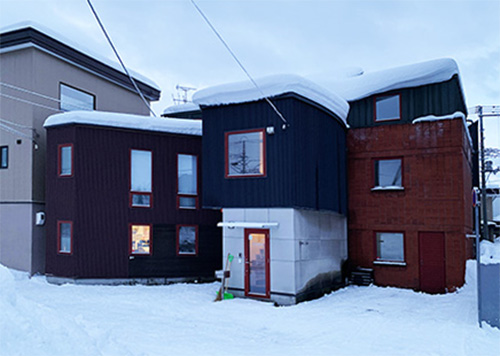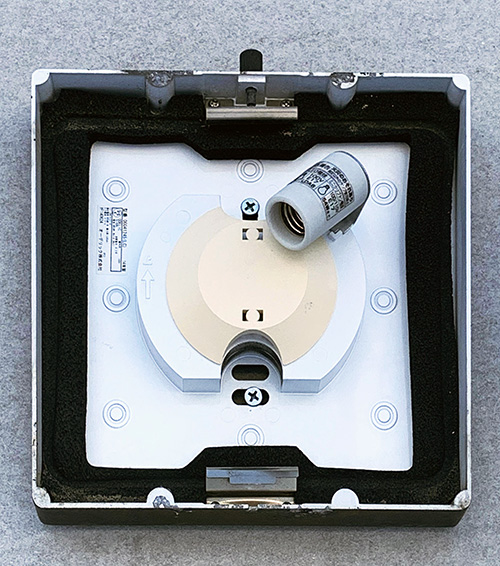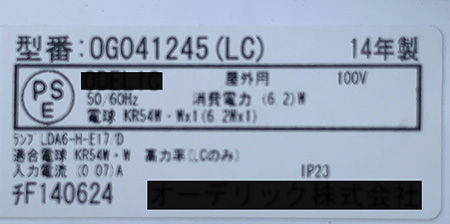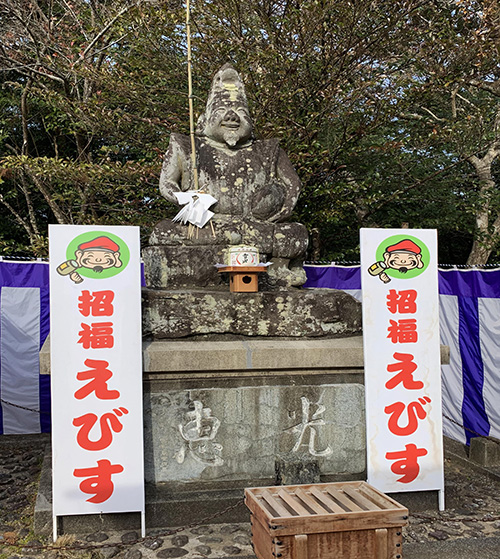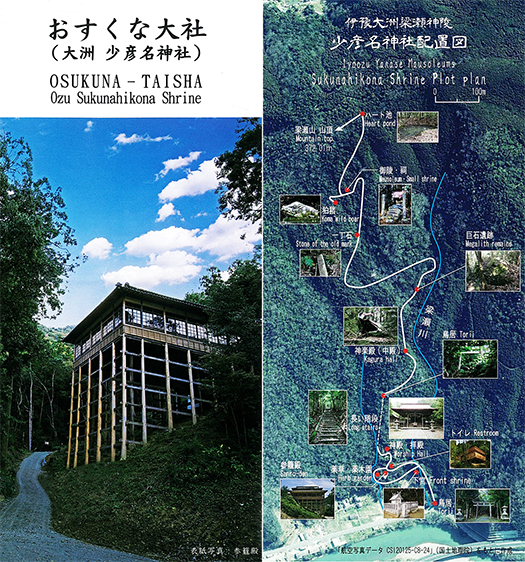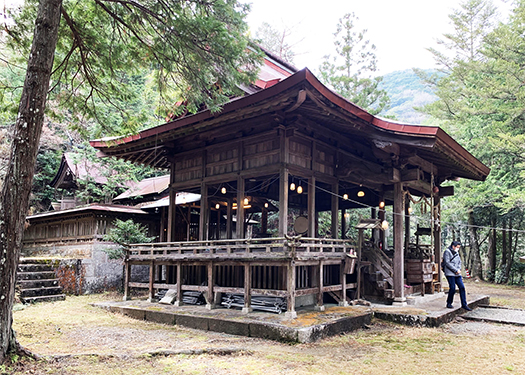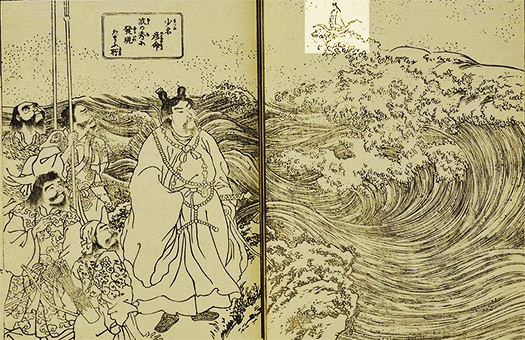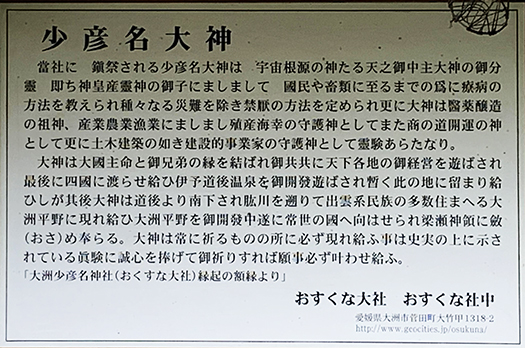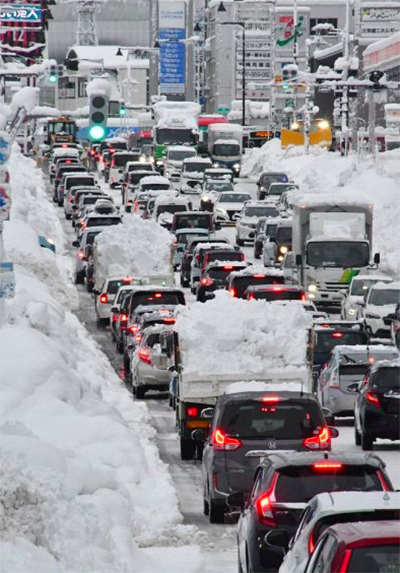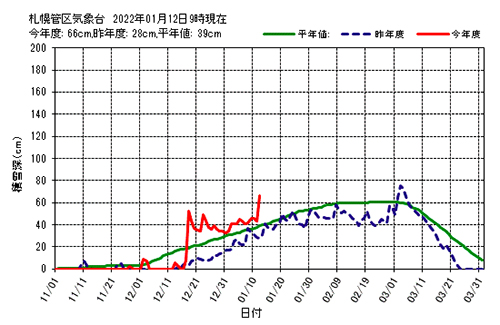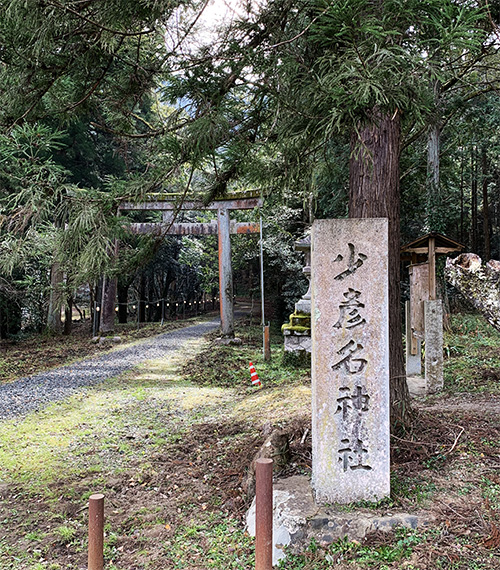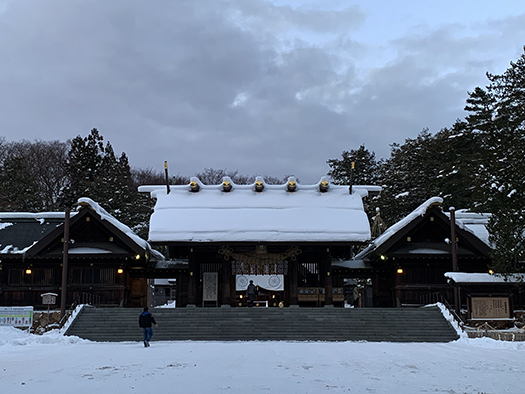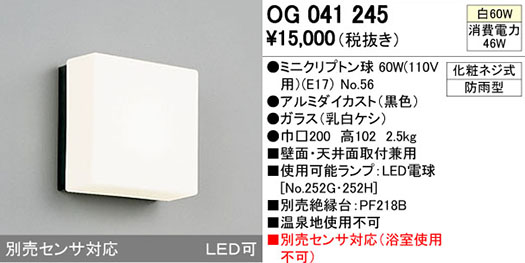
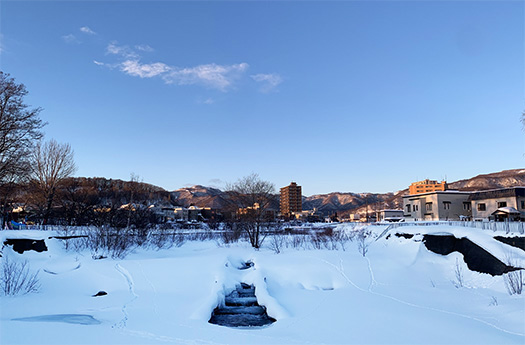
きのう書いた記事の反応がいいようです(笑)。
トラブルの事例というのは学びにもなるので読まれる機会が増える。
わたしとしては多種多様な住宅の設備機器、とくに照明器具などは
人の目に触れたり日常の接触機会がハンパなく多いけれど、
資本主義的高効率志向からの問題点、メンテナンス性とか
持続可能性はどうなのだろうかと常々危惧を感じていることでもあり
顛末を見定めていくことで、世論を喚起するのが思いです。
なので、わたしの責任で情報を公開してみた次第。
さっそく住宅研究者のTさんからもアナウンスがありました。
参考意見とさせていただきます。
さて、昨日大手電機ショップから午後2時過ぎに電話をいただきました。
「昨日のお問い合わせの件、中間に存在する仕入メーカーを通して
取り寄せることは可能。しかし入手可能なのは3カ月半後です。」
というお知らせであります。
「う〜む」と絶句がため息となって漏れ出てしまった。
わたしとしては前日にメーカーに直接問い合わせした経緯もあるので
イマイチ納得感が沸いてこない。
「経緯は了解しましたが、きのう受け取ったメールには再度問い合わせの場合の
電話番号も明記されていたので、先方に自分で確認してみます。
その上で発注は検討します。追って連絡します」と伝えました。
外部照明一個の破損状況が最低3カ月半は放置されることになる。
で、件の製造メーカーさんに電話を掛けてみました。
ご丁寧に不在だった「カスタマーサービス」担当の方から連絡をいただいた。
その方がわたしにメール返信していただいたようです。
「申し訳ありません、冬場の破損事故、とくに正月前に大掃除で
手を掛けられる方が増える時期になるので在庫が底をつく時期。
生産計画上、再生産できるのには3ヶ月お時間をいただくことになります。」
というお答え。大手家電ショップからの回答を裏付けるものでした。
わたしのひとつの懸念、WEB時代なのに流通の問題で時間が掛かるのか
という懸念は杞憂だったといえる。
しかし、基本的に住宅の機能性に手づくり対応した時代から
規格大量生産に日本の製造業、ものづくりは大転換した結果、
効率最優先になって、きめ細かなメンテナンス対応が困難になっている。
そういった実態が象徴的に見えてくる事実だと思います。
大量生産志向による生産体制整備の中ではスクラップアンドビルドが正解。
また、企業間競争でどんな小さな部品でも特殊生産にこだわることになる。
部材規格化・汎用化の方向では企業競争を勝ち抜くことはできなかった。
各社とも市場囲い込み型のオリジナルにこだわり
汎用品よりも特殊品に向かうことで、結果として「使い捨て」型社会になった。
しかし持続可能性を高めることは汎用性を志向することになるのではないか。
家づくりの現場でこういう現代人の心理変化に気づき始めた作り手も出てきている。
さてわが社の玄関前の照明は3カ月半の間、無惨で正直な姿をさらすことになる。
わたしの結論としては、この再生産過程を支持し、
忍耐しつつ、持続可能性の方向を支援していきたいと思う次第。
わが社への来訪者の方からこの件で声かけしていただいたら、
モノの延命輪廻プロセスを支援したいと話させていただこうと考えています。
製造業を成熟させていくには、知恵と忍耐が必要ではないか。
English version⬇
[Follow-up report after the accident of damage to the external lighting of our company]
The reaction of the article I wrote yesterday seems to be good (laughs).
Cases of trouble are also learning, so there are more opportunities to read them.
For me, a wide variety of housing equipment, especially lighting equipment,
There are many opportunities for people to see and come into contact with each other, but
Problems from capitalist high efficiency orientation, maintainability, etc.
I’m always worried about sustainability.
I think that public opinion will be aroused by determining the details.
So, it’s my responsibility to release the information.
There was an announcement from Mr. T, a housing researcher.
I will use it as a reference opinion.
By the way, I got a call from a major electric shop yesterday after 2:00 pm.
“Yesterday’s inquiry, through a purchasing manufacturer in the middle
It is possible to order. But it will be available after three and a half months. ”
It is a notice that.
“Umm” sighed and leaked out.
I also contacted the manufacturer directly the day before, so
I don’t feel convinced.
“I understand the process, but if I contact you again in the email I received yesterday,
The phone number was also specified, so I will check with the other party myself.
After that, we will consider ordering. I will contact you shortly. ”
The damage to one external light will be left unattended for at least three and a half months.
So, I called the manufacturer.
The person in charge of “customer service” who was absent politely contacted me.
That person seems to have sent me an email.
“Sorry, a winter damage accident, especially a big cleaning before the New Year.
It’s time for more people to work on it, so it’s time for inventory to run out.
Due to the production plan, it will take 3 months to reproduce. ”
The answer. It supported the response from a major consumer electronics store.
One of my concerns, is it time consuming due to distribution issues in the WEB era?
It can be said that the concern was melancholy.
However, basically from the era when the functionality of the house was handmade.
As a result of a major shift in Japanese manufacturing and manufacturing to standard mass production
Efficiency has become a top priority, making it difficult to provide detailed maintenance.
I think it is a fact that such a situation can be seen symbolically.
Scrap and build is the correct answer in the mass production-oriented production system development.
Also, due to competition between companies, we will stick to special production of any small parts.
In the direction of standardization and generalization of materials, it was not possible to win the corporate competition.
Each company is particular about market-enclosed originals
By moving toward special products rather than general-purpose products, the result is a “disposable” society.
However, increasing sustainability may lead to versatility.
Some builders have begun to notice such psychological changes in modern people at the site of home building.
By the way, the lighting in front of the entrance of our company will be exposed to a miserable and honest appearance for three and a half months.
My conclusion is to support this reproduction process and
I want to be patient and support the direction of sustainability.
If a visitor to our company talks to us about this matter,
I would like to talk about wanting to support the life-prolonging reincarnation process of things.
Isn’t it necessary to have wisdom and patience to mature the manufacturing industry?
Posted on 1月 20th, 2022 by 三木 奎吾
Filed under: 住宅マーケティング, 日本社会・文化研究 | No Comments »


